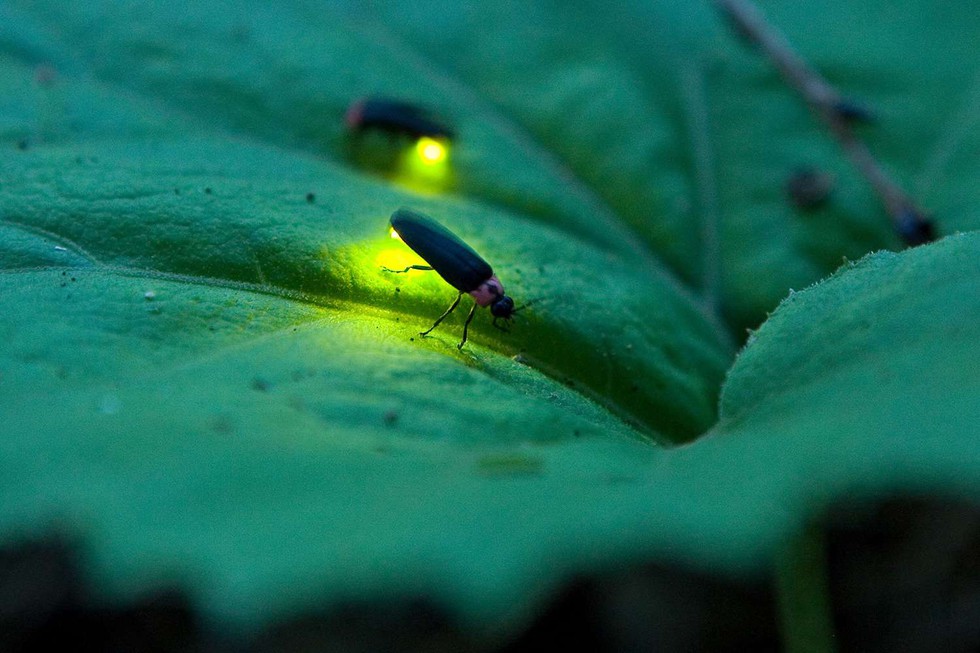Two bio-researchers, Xinhua Fu and Xinlei Zhu, conducted a study to identify transcription factors regulating the development of light organs and bioluminescence in fireflies.
Background Information
- Fireflies, soft-bodied beetles, are known for their luminescent organs.
- They undergo a larval stage, known as glowworms, before reaching adulthood.
- Some firefly species are not bioluminescent.
Focus of the Study
The researchers focused on Aquatica leii, a species living in Chinese rice paddies, to understand how firefly larvae transform their light organs into glowing lanterns as adults.
Methodology
- Genomic analysis was conducted on the firefly.
- Attention was given to eight homeobox genes regulating anatomical features during embryonic development.
- Transcription factors AlABD-B and AlUNC-4 were identified as key players in light organ development.
Findings
- AlABD-B interacts with AlUNC-4 to activate the AlLuc1 gene, involved in luciferase production.
- Three other genes, AlAp2, AlRepo, and ALAntp, were also identified in the process.
Implications and Future Research
The researchers aim to further investigate how fireflies rapidly transform their major organ structure during development.
Multiple Choice Questions (MCQs):
- Which journal reported the study on firefly bioluminescence?
- A) Science
- B) Nature Communications
- C) Cell
- D) The Lancet
- Answer: B) Nature Communications
- What is the larval stage of fireflies known as?
- A) Pupa
- B) Nymph
- C) Glowworms
- D) Larvae
- Answer: C) Glowworms
- Which species of firefly did the researchers focus on in their study?
- A) Luciola cruciata
- B) Photinus pyralis
- C) Aquatica leii
- D) Lampyris noctiluca
- Answer: C) Aquatica leii
- What are the key transcription factors identified in the study?
- A) AlABD-B and AlUNC-4
- B) AlAp2 and AlRepo
- C) AlAntp and AlLuc1
- D) AlUNC-4 and AlLuc1
- Answer: A) AlABD-B and AlUNC-4
- What is the function of the AlLuc1 gene?
- A) Regulation of anatomical features
- B) Activation of transcription factors
- C) Production of luciferase
- D) Development of protective organs
- Answer: C) Production of luciferase
